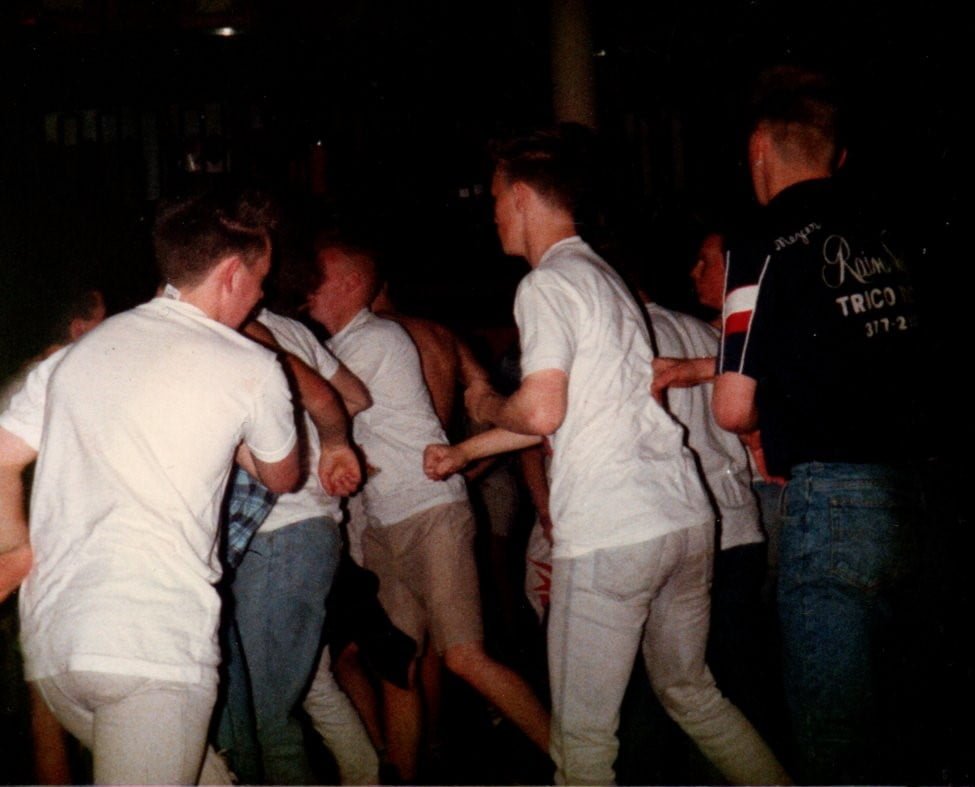
Welcome Power Cutters!!
We’re kicking off this first blog post by getting down to Power Cut business – why call a literary magazine Power Cut? The zine is a tribute to all things 20th century and one of the first names bandied about was Flying Saucers and PVC Pants, an attempt to capture the essence of the 1950s and 1970s. But FS&PVCP was hardly catchy and had about as much ring to it as a phone in a 1980s slasher movie. So it was back to the drawing board for a moniker that could connect the past to the current zeitgeist without sliding into nostalgia-naffness.
Enter the 70s
Whoever said the 70s was the decade that style forgot clearly had no sense of style themselves. We should be thanking the 70s for giving us Kojak, the Sex Pistols, Bruce Lee films, and tie-dye. Kids fuelled on Findus Crispy Pancakes and Cremola Foam happily bounded the streets on Space Hoppers, while adults remained indoors puffing on Silk Cut and drinking endless cups of tea. Everyone was happy. But the national psyche was also shaped by darker forces – the power cut.
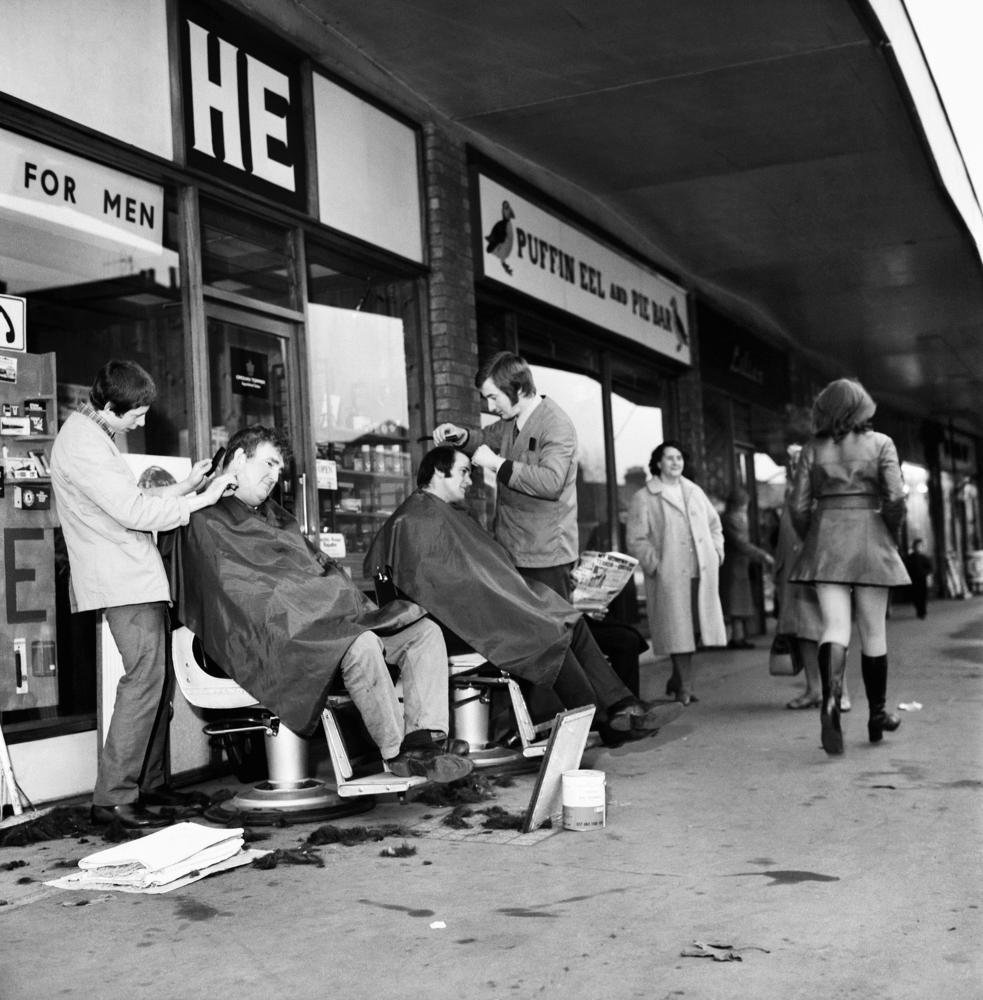
Lights Go Out…
Between 1972 and 1974 power cuts and blackouts were imposed on the nation following a series of coal miners’ strikes. People were encouraged to only heat one room and keep non-essential lights switched off. [The latter has since been readily adopted as standard practice by dads across the country. This is often accompanied by the refrain, ‘It’s like Blackpool illuminations in here!’ as they plunge their teenage offspring into ambient and existential darkness.]
Miners also picketed power stations in an attempt to restrict coal supply. This prompted Prime Minister Edward Heath to impose a Three-Day Week as a way to conserve stocks. The restrictions kicked off on 1st January 1974, and ironically ‘Merry Xmas Everybody’ by Slade was number 1 in the charts. ‘Dreary Xmas Everybody’, might have been more apt.
The Times They Are Not A-Changing
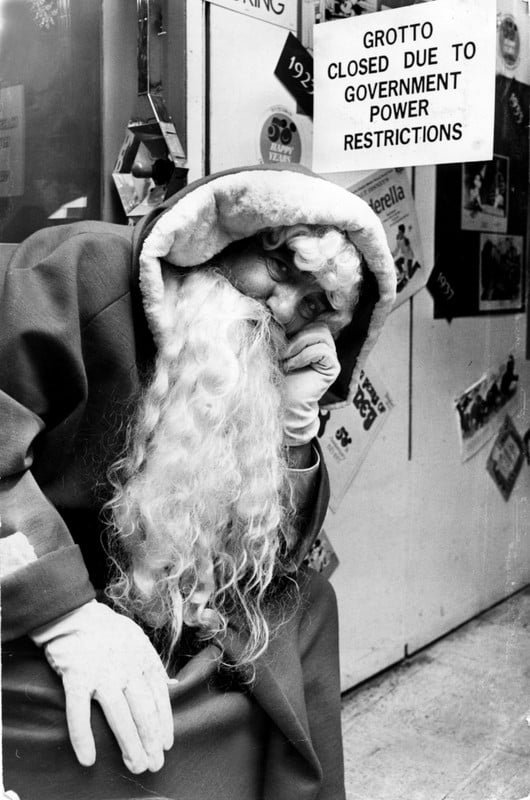
Other than essential services, all businesses had to limit their use of electricity to the Three-Day Week. This led to bizarre scenarios of pubs opening by candlelight, and barbers administering buzzcuts in the street. Hundreds of factory production lines ground to a halt and thousands found themselves turfed onto the dole. Even Santa Claus found himself out of a job that year. Panic buying led to empty shelves in supermarkets as people stockpiled essential goods. The country was in a state of emergency.
Welcome to Fear City
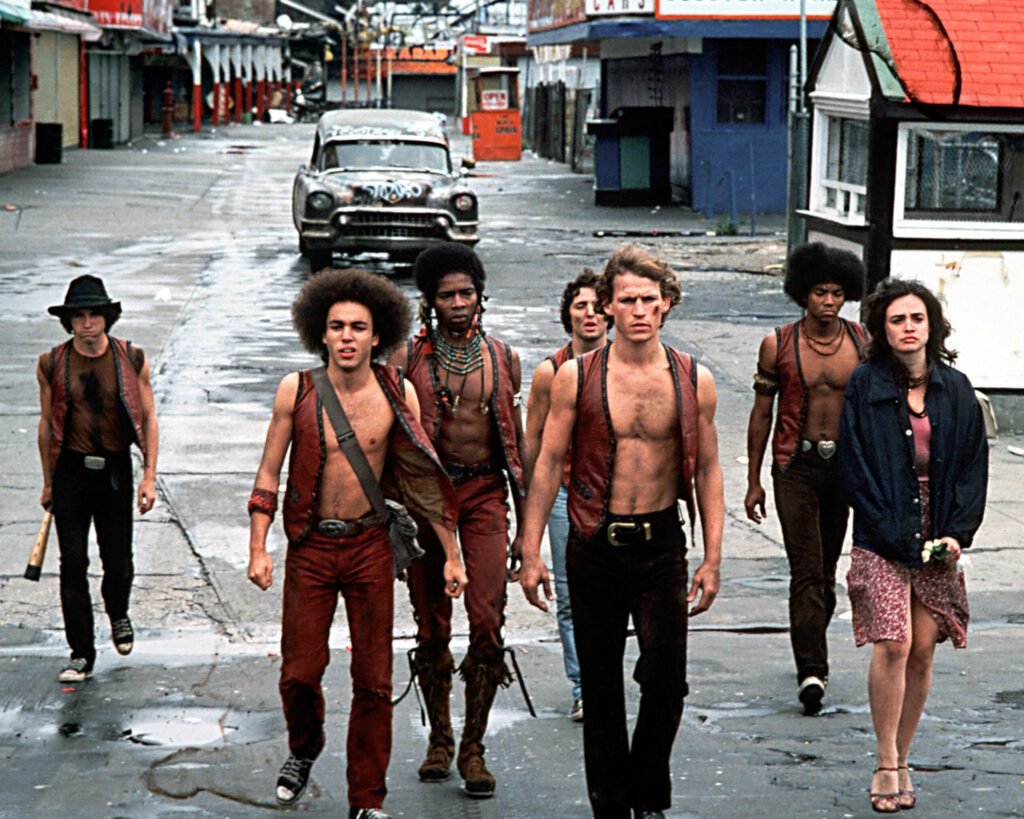
Fast forward to July 1977. The New York City blackouts were not caused by political conflict or poor government policy but by lightning strikes. Although the power outage only lasted between 13-14 July, it occurred when the city was experiencing harsh economic problems and the Son of Sam was prowling the streets.
Prior to the blackouts, New York City had been on the brink of bankruptcy. To save money essential services had been slashed, prompting the fire and police unions to distribute pamphlets with the headline ‘Welcome to Fear City’ to tourists. It was a stunt intended to pressure the city mayor against further job cuts. The chaos of a blackout, for a city already simmering in anger and fear, was enough to spark a state of disorder and looting. This period spawned cult movies such as ‘The Warriors’, and despite Giuliani’s gentrification of the city in the 90s, New York still labours under the legacy of this post-apocalyptic vision.
Can’t Beat the Stench of Burning Lard
So why name a literary magazine after all this grief and aggro? Like all good writing, the term ‘power cut’ can be interpreted at different levels, literally and symbolically. I see it as symbolic of the spirit and resilience shown in these challenging situations and the creativity that sprung from them. In the winter of 1973, the people of Britain had to come up with ingenious ways to conquer the boredom, to make cash last that bit longer, and to get a short back and sides or a feather cut. Entrepreneurialism thrived; in response to the inevitable candle shortage, butchers began selling lard on string as an alternative. However, the stench and smoke from burning lard were so overpowering that a tear gas attack may have been more enjoyable.
Colonel Mustard is Guilty
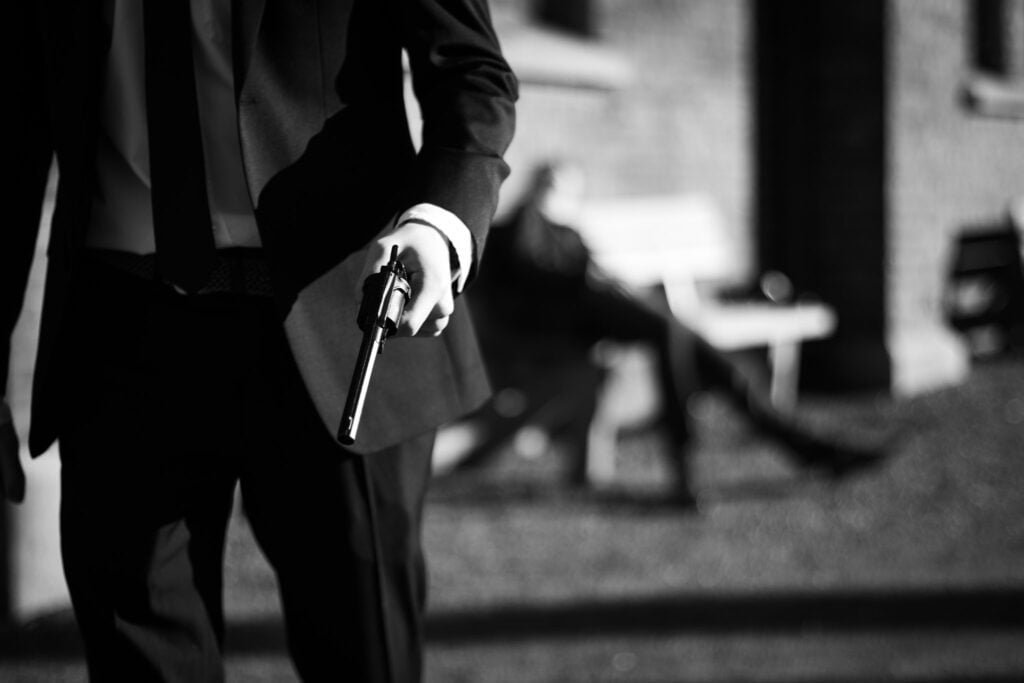
Lastly, in terms of fiction writing, you couldn’t ask for a more dramatic setting than a power cut. All kinds of Noir-ish goings-on can be thought up around a blackout. An epic Stephen King-esque horror could unfold or a Hitchcock-like psychological exploration into the protagonist’s fear of the dark. Colonel Mustard could even kill Professor Plum in the courtyard with the revolver, out his mind on burning lard fumes.
My view is that fiction should always be slightly subversive, or at least shining a crooked light into the shadows of current orthodoxy. Unsurprisingly, the theme of our first issue will be power cuts, so get ready for the lights to go out and all manner of weirdness and mayhem to unfold.
Ready to get going? Check out our essential Tool Kit, a mini guide to cult classics for each decade. Why not start in the 1930s and follow the pop culture journey? Alternatively, go straight to the 1990s and trace back to see where the inspiration for all your favourites came from.
If you’d like to support our retrograde obsession, we’d be chuffed if you bought us a cup of tea.
